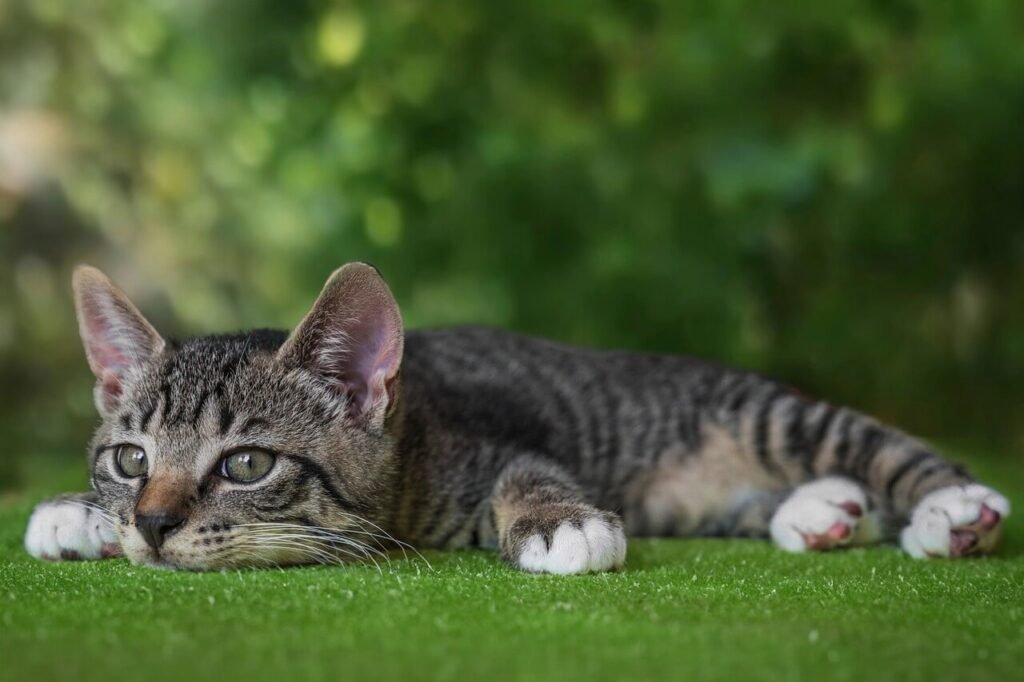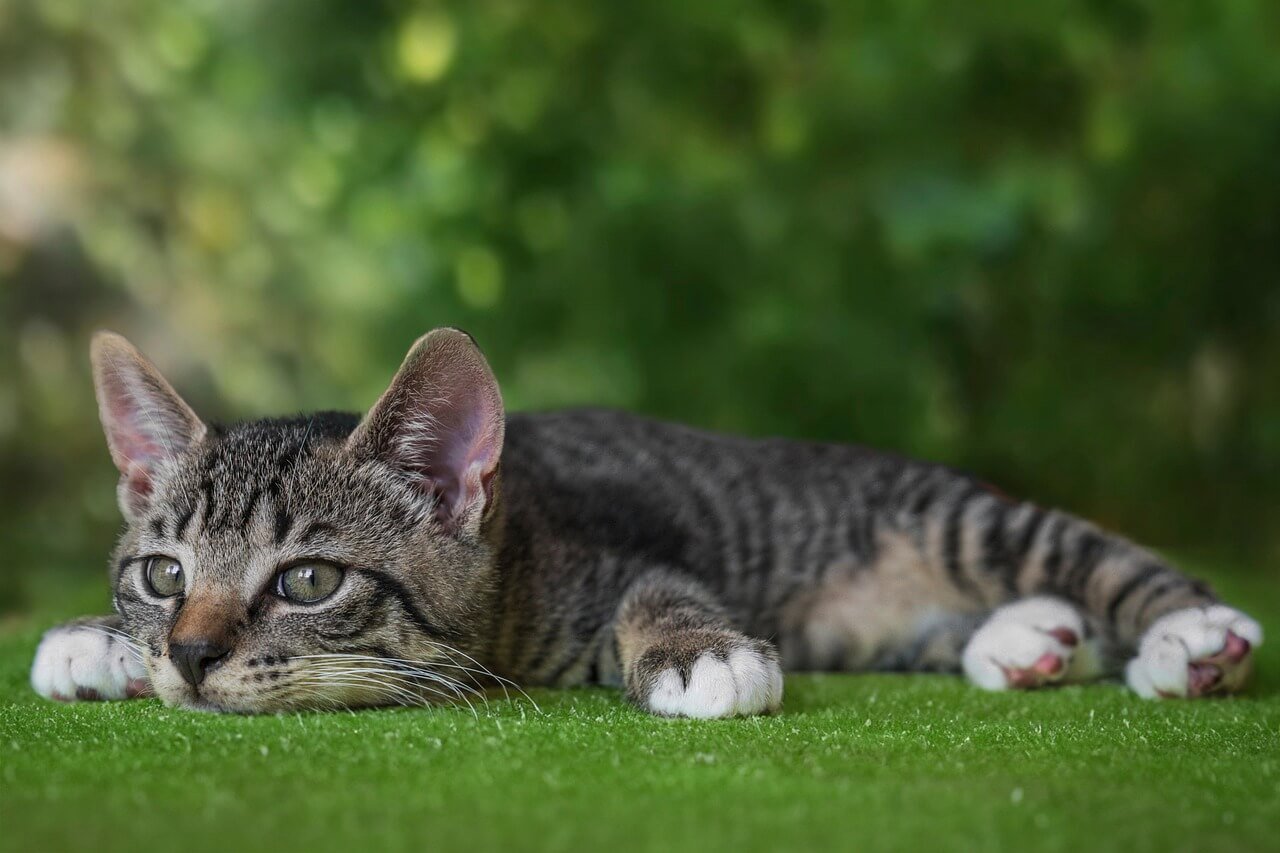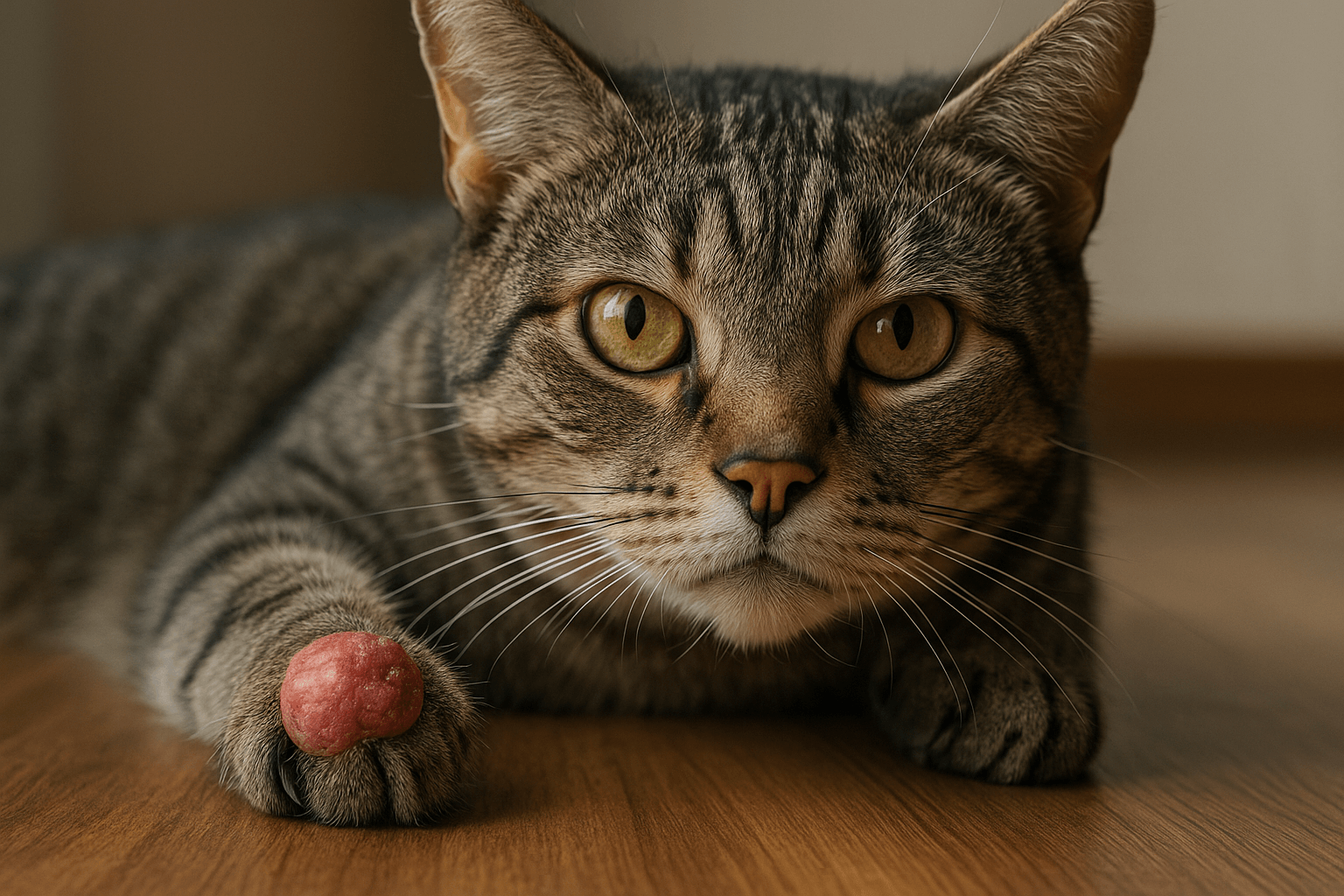Black Dots in Cat Ear: What They Mean and How to Address Them
If you’ve noticed black dots in your cat’s ear, it’s natural to feel concerned. These tiny specks might seem harmless at first glance, but they could indicate an underlying issue that requires attention. In many cases, black dots are a sign of ear mites, dirt, or even dried blood caused by irritation. However, identifying the exact cause is crucial for ensuring your feline friend stays comfortable and healthy. In this guide, we’ll explore what black dots in a cat’s ear might mean, how to address them, and steps to prevent future problems. By understanding these signs, you can take proactive measures to protect your cat’s ear health.
What Could Black Dots in Your Cat’s Ear Indicate?
Black dots in a cat’s ear can have several potential causes. Understanding these possibilities will help you determine whether the issue is minor or requires veterinary attention.
Ear Mites : Tiny parasites that feed on ear wax and oils, leaving behind black debris that resembles coffee grounds.
Dirt or Debris : Accumulated dirt from grooming or environmental exposure can sometimes settle in the ear canal.
Dry Blood : Scratching or irritation caused by allergies or infections may lead to dried blood appearing as black dots.
Wax Build-Up : Excessive ear wax can harden and appear as dark specks, especially in cats prone to ear issues.
Fungal Infections : Yeast infections can cause discoloration and leave behind black residue in the ear.
Identifying the source of the black dots is the first step toward resolving the issue and ensuring your cat’s comfort.
Signs That Black Dots May Be a Problem
While not all black dots in a cat’s ear are cause for alarm, certain symptoms accompanying them may indicate a more serious issue. Here’s what to watch for:
Excessive Scratching : If your cat is constantly scratching their ears, it could signal irritation or infection.
Head Shaking : Frequent head shaking is often a sign of discomfort or the presence of parasites like ear mites.
Redness or Swelling : Inflamed ears may indicate an allergic reaction, infection, or infestation.
Unpleasant Odor : A foul smell emanating from the ear suggests a possible bacterial or fungal infection.
Behavioral Changes : Lethargy or irritability may accompany ear discomfort, signaling the need for prompt care.
These signs, combined with the presence of black dots, warrant closer inspection and possibly a visit to the vet.
Check this guide 👉Swollen Cat Ear: Best 7 Expert Tips!
Check this guide 👉Understanding Cat Ear Hematomas: Best 7 Expert Tips!
Check this guide 👉Understanding Cat Ear Yeast Infections: Best 7 Health Tips!

Common Causes of Black Dots in Cat Ears | How to Address Each Cause |
|---|---|
Ear Mites | Use vet-prescribed anti-parasitic treatments |
Dirt or Debris | Gently clean the ears with a damp cloth or vet-approved solution |
Dry Blood | Treat underlying irritation or infection causing bleeding |
Wax Build-Up | Regularly clean ears to prevent excessive accumulation |
Fungal Infections | Consult a vet for antifungal medications and treatment plans |
How to Safely Clean Your Cat’s Ears
Cleaning your cat’s ears properly is essential for maintaining their ear health and preventing issues like black dots. Follow these steps to ensure a safe and effective cleaning process:
Gather Supplies : Use vet-approved ear cleaning solutions and soft cotton balls or pads—never use Q-tips, as they can damage the ear canal.
Restrain Your Cat Gently : Wrap your cat in a towel to prevent sudden movements during the cleaning process.
Inspect the Ear : Check for redness, swelling, or unusual odors before beginning the cleaning.
Apply Cleaning Solution : Squeeze a small amount of the solution into the ear canal and gently massage the base of the ear to loosen debris.
Wipe Away Residue : Use a cotton ball to wipe away loosened dirt, wax, or black dots without probing too deeply.
Regular ear cleaning can help prevent the buildup of debris and keep your cat’s ears healthy.
Preventive Measures to Avoid Black Dots in the Future
Taking preventive steps can help reduce the likelihood of black dots reappearing in your cat’s ear. Here are some strategies to consider:
Regular Ear Checks : Inspect your cat’s ears weekly for signs of dirt, wax, or irritation.
Maintain a Clean Environment : Keep your home free of dust and allergens that could contribute to ear issues.
Schedule Routine Vet Visits : Regular check-ups allow your vet to monitor your cat’s ear health and catch problems early.
Use Preventive Treatments : If your cat is prone to ear mites, ask your vet about preventive medications or treatments.
Monitor for Allergies : Food or environmental allergies can cause ear irritation; address these promptly if suspected.
By implementing these preventive measures, you can minimize the risk of recurring ear problems.
Clarifying Myths to Better Understand the Issue
There are several misconceptions about black dots in a cat’s ear that can lead to confusion or improper care. By addressing these myths, you can focus on evidence-based solutions to keep your cat healthy.
Myth: Black Dots Are Always Harmless Dirt : While dirt can sometimes appear as black dots, ignoring them could mean missing signs of ear mites or infections.
Myth: Cats Don’t Need Ear Cleaning : Even though cats groom themselves, their ears may still require occasional cleaning to prevent issues.
Myth: Over-the-Counter Treatments Always Work : Some conditions, like severe ear mite infestations, require vet-prescribed treatments for effective resolution.
Myth: Only Outdoor Cats Get Ear Mites : Indoor cats can also contract ear mites through contact with other pets or contaminated objects.
Myth: Black Dots Will Go Away on Their Own : Without intervention, underlying causes like infections or parasites can worsen over time.
Understanding these misconceptions helps ensure you take the right steps to address black dots in your cat’s ear.
Recognizing the Telltale Symptoms of Ear Mites
Ear mites are one of the most common causes of black dots in a cat’s ear. Identifying the signs early can help you seek treatment promptly and prevent complications.
Dark, Coffee-Ground-Like Debris : The presence of black or dark brown specks is a hallmark sign of ear mites.
Intense Itching : Cats with ear mites often scratch their ears excessively or rub them against furniture.
Hair Loss Around the Ears : Constant scratching can lead to patches of hair loss near the affected area.
Crustiness or Scabs : Irritation from mites can cause the skin around the ears to become crusty or develop scabs.
Secondary Infections : Untreated ear mites can lead to bacterial or fungal infections, worsening the condition.
If you notice these symptoms, consult your veterinarian to confirm the diagnosis and begin treatment.
Complementary Approaches to Maintain Clean and Healthy Ears
While veterinary treatments are essential for serious issues, some natural remedies can support your cat’s ear health and complement professional care.
Apple Cider Vinegar Solution : A diluted mix of apple cider vinegar and water can help clean ears and deter pests, but avoid using it on broken skin.
Coconut Oil : Applied sparingly, coconut oil may soothe irritation and has mild antifungal properties.
Aloe Vera Gel : Pure, unscented aloe vera can reduce inflammation and promote healing, but ensure your cat doesn’t ingest it.
Dietary Supplements : Omega-3 fatty acids can improve skin and ear health, reducing the risk of irritation or infections.
Herbal Infusions : Calendula or chamomile tea (cooled) can be used as a gentle rinse to alleviate minor irritation.
While these remedies can be helpful, always consult your vet before trying new treatments, especially for persistent or severe issues.
Frequently Asked Questions About Black Dots in Cat Ears
Are black dots in my cat’s ear always a sign of ear mites?
No, black dots can also indicate dirt, wax, or dried blood, but ear mites are a common cause.
Can I clean my cat’s ears at home?
Yes, but use vet-approved products and gentle techniques to avoid injury.
How do I know if my cat has an ear infection?
Symptoms include redness, swelling, odor, and excessive scratching or head shaking.
Are ear mites contagious to other pets?
Yes, ear mites can spread between cats and dogs, so treat all affected pets simultaneously.
When should I take my cat to the vet for ear issues?
If you notice persistent black dots, foul odors, or signs of discomfort, consult your vet promptly.
Prioritize Your Cat’s Ear Health for a Happy Life
Black dots in your cat’s ear may seem like a minor issue, but they can be a sign of something more serious. By staying vigilant and addressing potential problems early, you can ensure your cat remains comfortable and healthy. Regular ear checks, proper cleaning techniques, and preventive care go a long way in maintaining your feline friend’s well-being. Remember, when in doubt, consulting your veterinarian is always the best course of action. With love and attention, you can keep your cat’s ears clean, clear, and free from troublesome black dots.
Cuterebra Larvae in Cats: Best 7 Expert Tips! – Expert advice on signs, treatment & prevention of this rare but serious feline parasitic infestation.
Cuterebra Larvae in Dogs: Best 7 Expert Tips! – Expert advice on signs, treatment & prevention of this rare but serious parasitic infestation.
Cat Tumor on Paw: Best 7 Expert Tips! – Expert advice on signs, diagnosis, treatment & care for feline paw tumors.
Panacur Side Effects in Dogs: Best 7 Expert Tips! – Safe usage, common reactions & when to call the vet.





